beer spoilage bacteria
Pediococcus another common hop-resistant bacterium will produce a viscous beer by. They include some lactic acid bacteria such as Lactobacillus brevis Lactobacillus lindneri and Pediococcus damnosus and some Gram-negative bacteria such as Pectinatus cerevisiiphilus Pectinatus frisingensis and Megasphaera cerevisiae.

Pectinatus Cerevisiiphilus An Overview Sciencedirect Topics
Rapidly detect identify and quantify all beer spoilers right in your brewery micro lab.
. The aim of this research study was to track beer spoilage lactic acid bacteria LAB inside a brewery and during the craft beer production process. Brevis a popular strain of the Lactobacillaceae family survives so well in beer that it has been isolated for use in some sour beer recipes. They include some lactic acid bacteria such as Lactobacillus brevis Lactobacillus lindneri and Pediococcus damnosus and some Gram-negative bacteria such as Pectinatus cerevisiiphilus Pectinatus frisingensis and Megasphaera cerevisiae.
Viele übersetzte Beispielsätze mit beer spoilage bacteria Deutsch-Englisch Wörterbuch und Suchmaschine für Millionen von Deutsch-Übersetzungen. Into cask the beer usually picks up some. Bacteria Generally bacteria do not survive in beer however certain species - including Lactobacillus and Pediococcus often referred to as lactic acid bacteria LAB - can.
Beer is a poor and rather hostile environment for most microorganisms. The maximum-likelihood tree shows the most common beer spoilage bacteria colored by ecological niche and taxonomic group. To that end indoor air and work surface samples collected in the brewery under study together with commercial active dry yeasts exhausted yeasts yeast pellet obtained after mature beer centrifugation and spoiled beers were analyzed through culture.
Three categories of beer spoilers can be distinguished. For brewing industry beer spoilage bacteria have been problematic for centuries. Complete solution for microbiological beer quality control.
Stages of fermentation and during racking. Although not being pathogenic the microorganisms can cause undesirable odor and off-flavor as well as turbidity in beer. Pastorianus strains although in the final.
They are by far the most encountered beer spoilers and considered to be responsible for 60 to 90 of contaminations. They can spoil beer by turbidity acidity and the production of unfavorable. They can spoil beer by turbidity acidity and the production of.
A Draught beers in cask or kegCon. Its ethanol concentration and low pH is lower than most bacteria can tolerate for growth. The Lactobacillus one of the most common beer spoilers is often hop resistant and can cause the beer to taste sour from the lactic acid it produces and consists of a silky turbidity.
Products based on living microorganisms generally dont work in a direct way but interact in a multifactorial mode of. Thus this review con-. Beer also contains bitter hop compounds which are toxic.
For fast and specific screening and detection of microbiological spoilage parameters in beer production we offer a wide product line of test kits. The most prominent culprits of beer spoilage microorganisms are bacteria and wild yeast. The frequencies of beer spoil- age incidents caused by these four genera have been reported to exceed 90 in Europe and therefore Lactobacillus Pediococcus PectinatusandMegasphaeraare considered to be the principal spoilage agents in the brewing industry.
Beer Spoilage Organisms Bacteria. Tive and Gram-negative bacteria. Bacteria normally present in the beer are.
They can spoil beer by turbidity acidity and the production of. Nevertheless some beer spoilage bacteria like Lactobacillus spp Pediococcus spp Pectinatus spp. And Megasphaera spp have adapted in a way that allows them to grow undisturbed even under these conditions.
To avoid losses or recalls it is important to test for spoilage organisms in all areas of production. They include some lactic acid bacteria such as Lactobacillus brevis Lactobacillus lindneri and Pediococcus damnosus and some Gram-negative bacteria such as Pectinatus cerevisiiphilus Pectinatus frisingensis and Megasphaera cerevisiae. For brewing industry beer spoilage bacteria have been problematic for centuries.
Bacterial spoilage often leads to visible turbidity sediment formation acidification off-flavors and ropiness. Later in the event of neglect in celJar treat. Obligate Beer-spoiling Bacterium Microbiome Microbiome Research Microbiome Research The human microbiome is a highly complex ecosystem.
Obligate beer spoilage bacteria eg. Lactic acid bacteria and yeast can contaminate beer and wine and cause spoilage Filtration is done numerous times in the production of wine and beer - the integrity of these membranes is key to a good quality product Real-time data from ATP-testing can tell you the efficacy of sanitation control. In most cases these microorganisms do not pose a health hazard to humans but can cause off-flavors and thus lead to the loss of entire batches and to significant damage to a companys image.
Mold species of Alternaria Cladosporium Epicoccum and Fusarium are found in spoilage beer. GeneDisc Plate for Beer Spoilage Bacteria. This highly informative method allows identification of each spoilage microorganism within 2 hours.
Spoilage organisms are mainly lactic acid bacteria mostly the genera Lactobacillus and Pediococcus or they are obligate anaerobes of the species Pectinatus and Megasphaera. Phylogeny of primary beer spoilage bacteria. Furthermore the high carbon dioxide concentration and extremely low oxygen content makes beer a near to anaerobic medium.
Chai PIKA Weihenstephan qPCR solution detects beer spoilage bacteria and wild yeasts in two hours producing clear results with Real-Time PCR. Paradoxically it is because of beers harsh environment that bacteria are forced to use alternate internal pathways to survive and in doing so produce some of the chemicals connected with spoilage eg. Spoilage bacteria and yeasts can cause turbidity change of taste and off-flavors in beers.
For brewing industry beer spoilage bacteria have been problematic for centuries. The main defects caused by various spoilage-causing microorganisms are. With this method breweries can simultaneously detect and identify 21 major beer spoilage microorganisms including Lactobacillus brevis Lactobacillus lindneri Lactobacillus backii and Pediococcus.
Lactobacillus brevis Pediococcus damnosus Megasphaera spp Pectinatus spp will always cause spoilage.

Pdf Beer Spoilage Bacteria And Hop Resistance Semantic Scholar
![]()
Microbial Quality Control Of Beer Beer Spoilage Bacteria
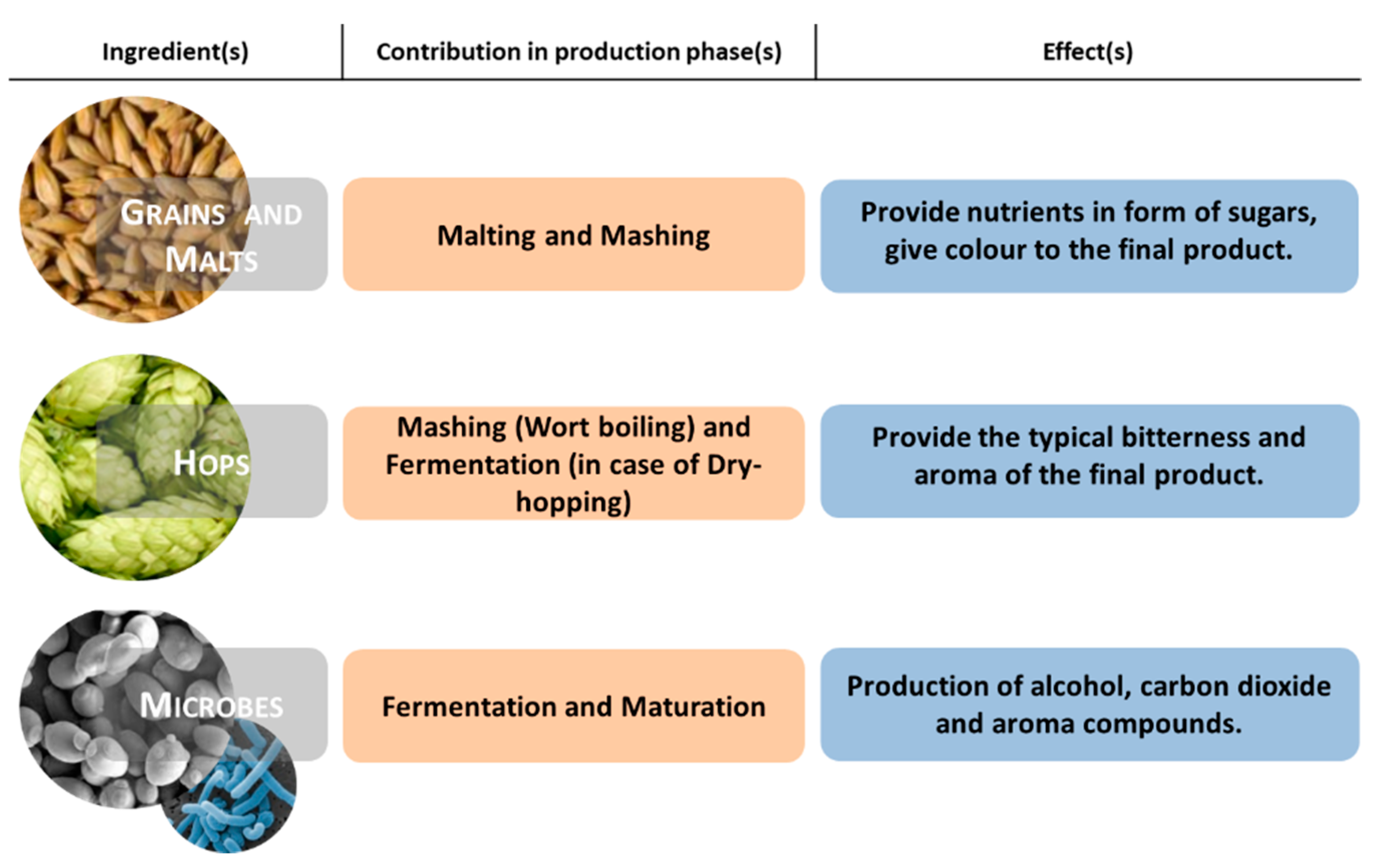
Foods Free Full Text Autochthonous Biological Resources For The Production Of Regional Craft Beers Exploring Possible Contributions Of Cereals Hops Microbes And Other Ingredients Html
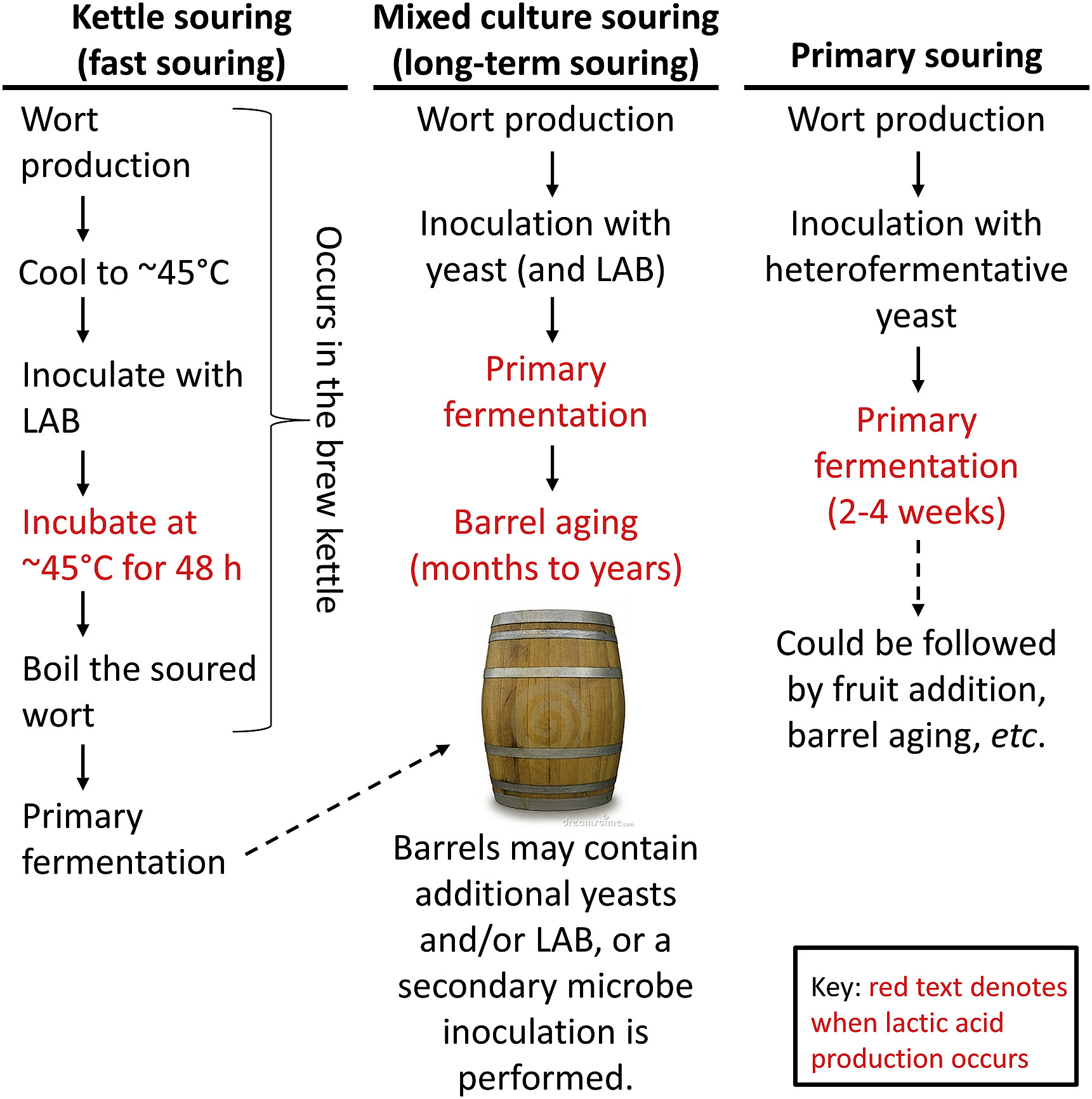
The Science Of Sour Beer Uncategorized Science Meets Food
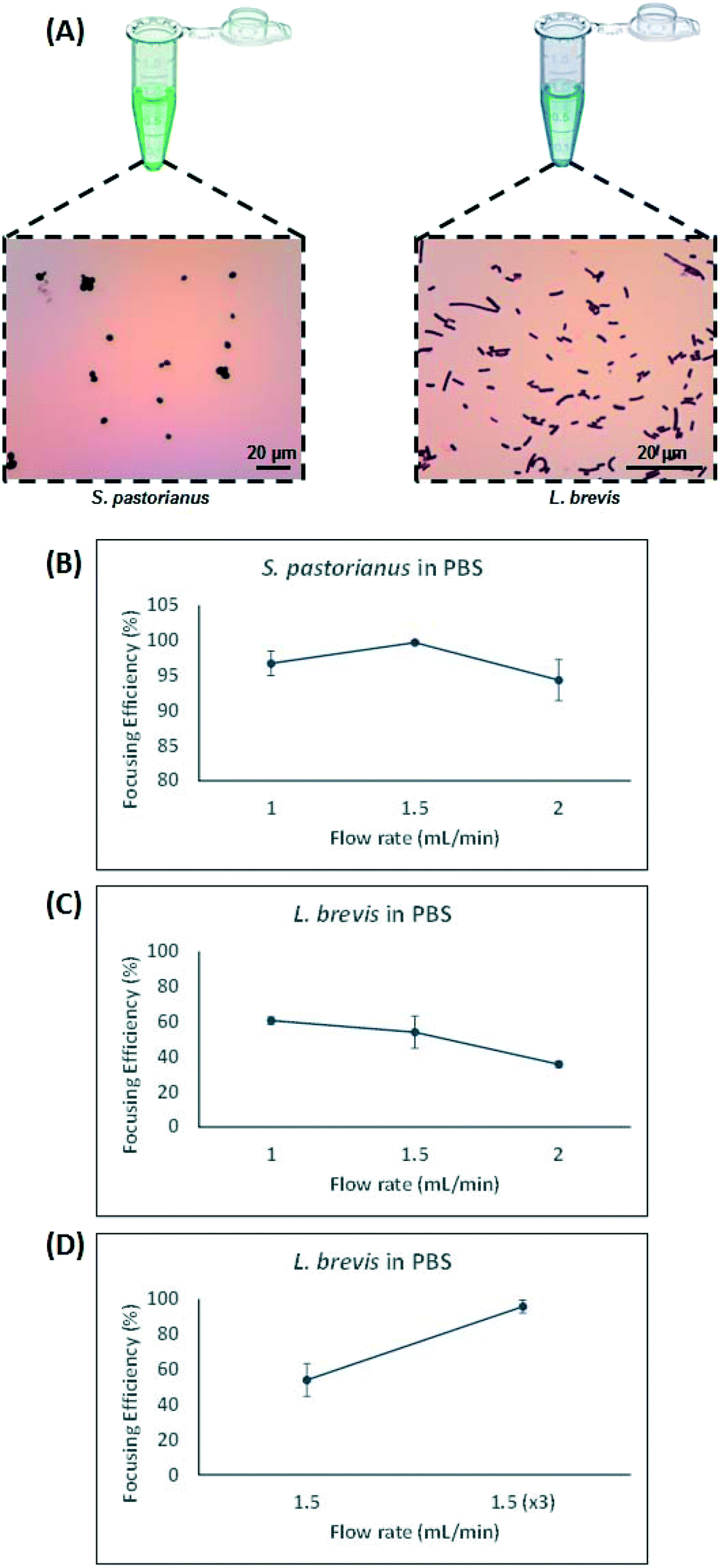
Rapid Separation And Identification Of Beer Spoilage Bacteria By Inertial Microfluidics And Maldi Tof Mass Spectrometry Lab On A Chip Rsc Publishing Doi 10 1039 C9lc00152b
Review Gram Negative Bacteria In Brewing

Characteristics Of African Traditional Beers Brewed With Sorghum Malt A Review Universite De Liege

Main Spoilage Microorganisms Of Beer Download Scientific Diagram

Pdf Beer Spoilage Bacteria And Hop Resistance Semantic Scholar

Main Spoilage Microorganisms Of Beer Download Scientific Diagram
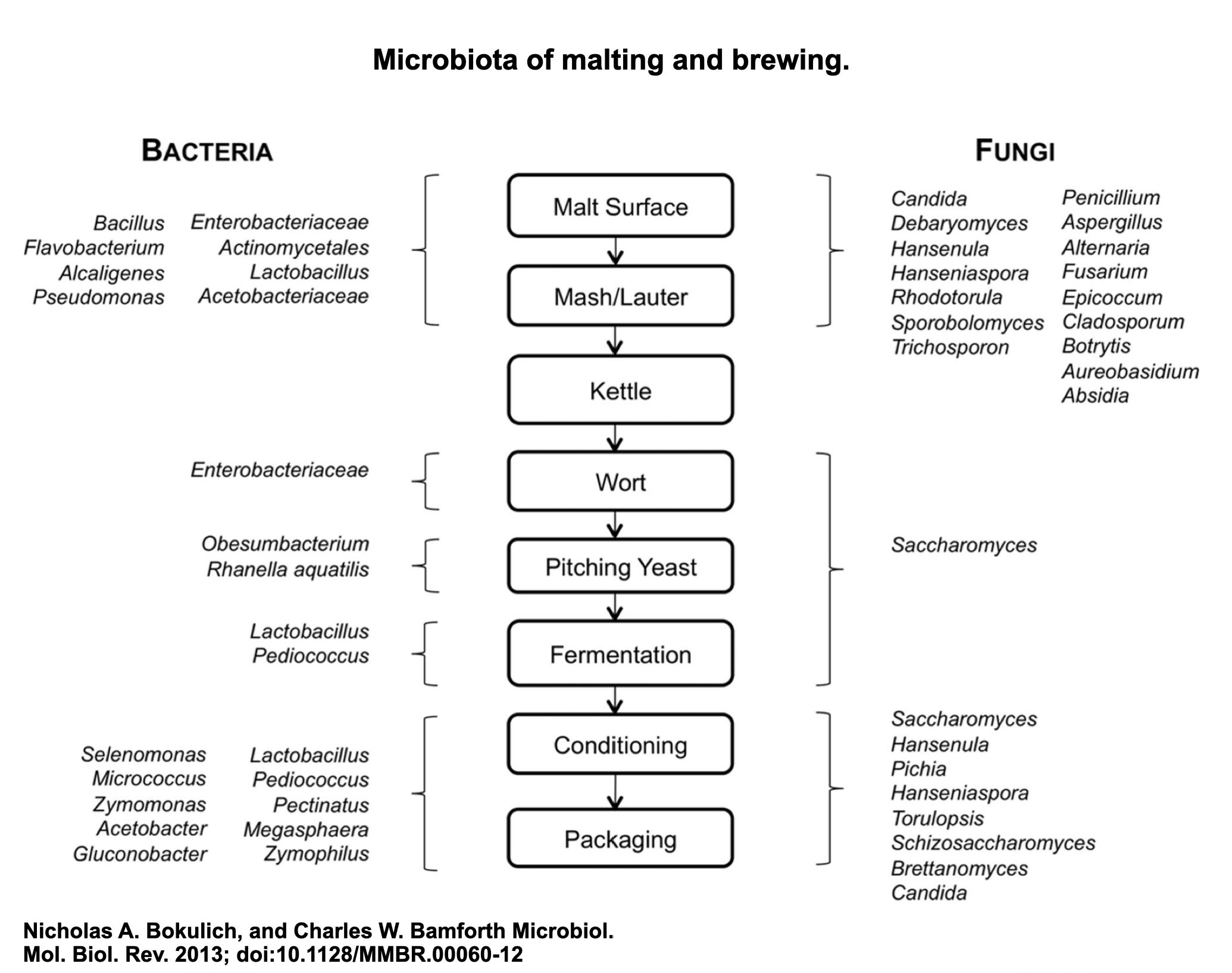
Diagnose Yeast And Bacterial Contamination In Beer Brewing Browser

On The Trail Of Beer Spoilage Bacteria Food Feed Analysis
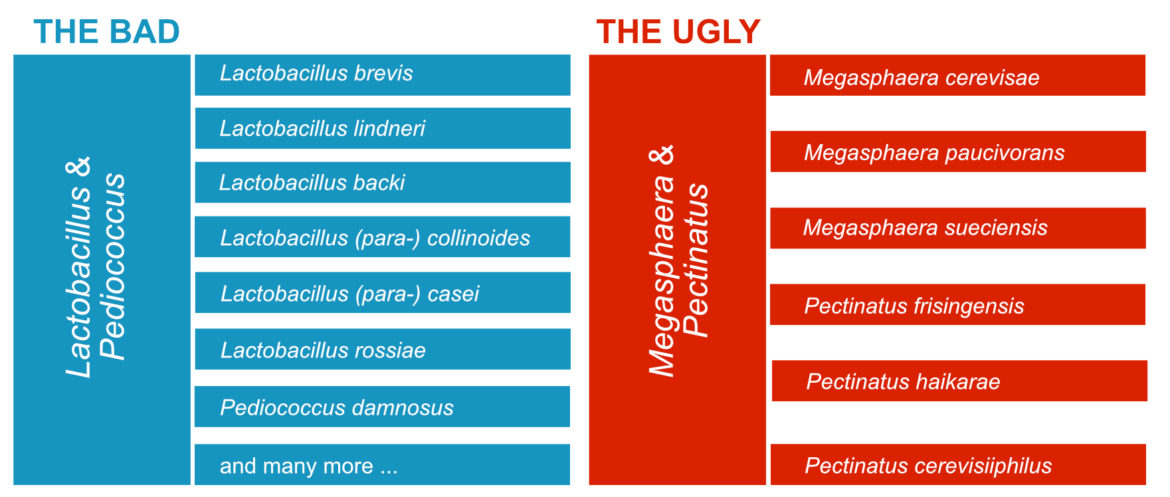
Rapid Detection Of Beer Spoiling Bacteria Milenia Genline

List Of Potential Beer Spoilage Microorganisms Used In This Study Download Scientific Diagram
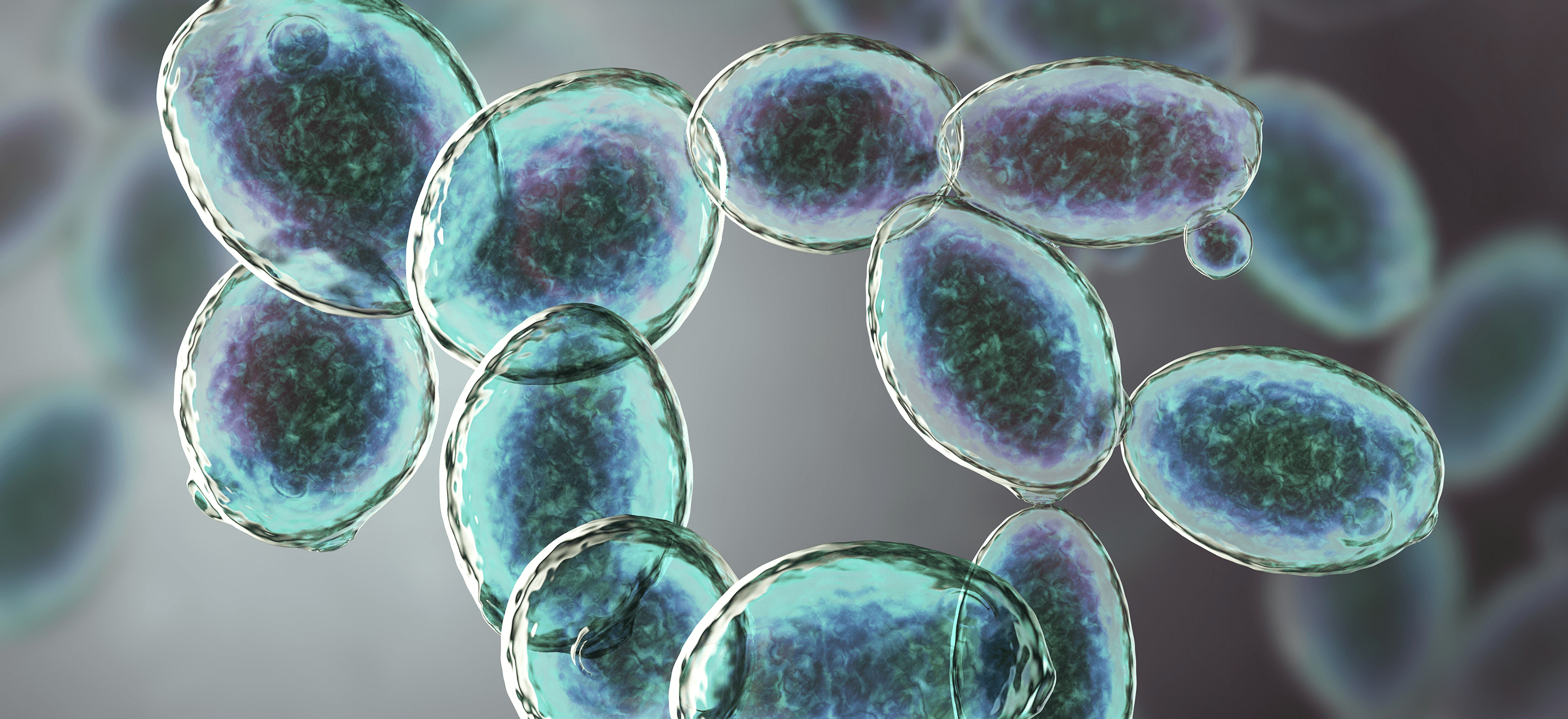
Part 1 Beer Spoilers What Are The Major Beer Spoilers To Be Concerned About Biomerieux Industrial Microbiology

Lactic Acid Bacteria Spoilage Microbiodetection

Culture Method For Beer Quality Control
0 Response to "beer spoilage bacteria"
Post a Comment